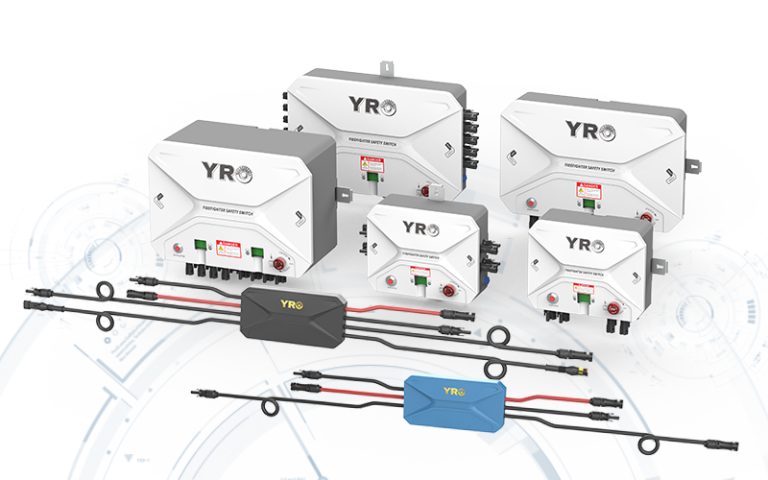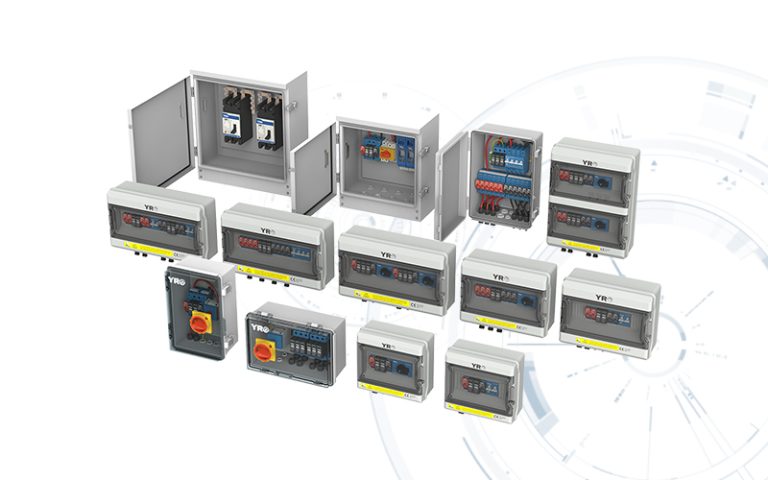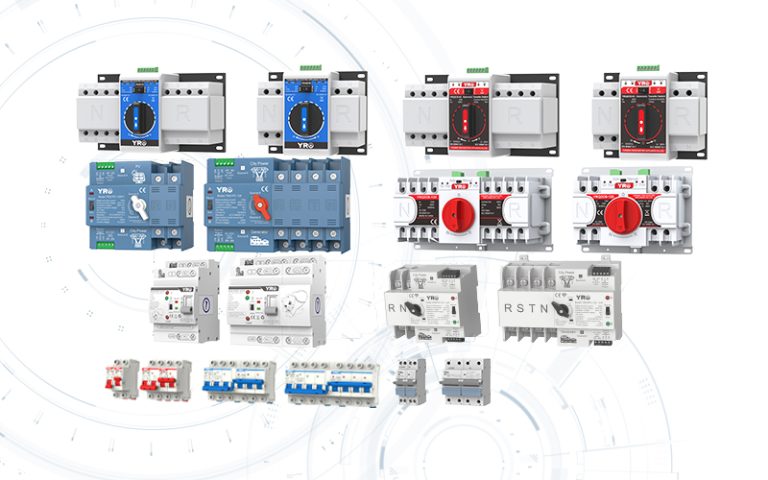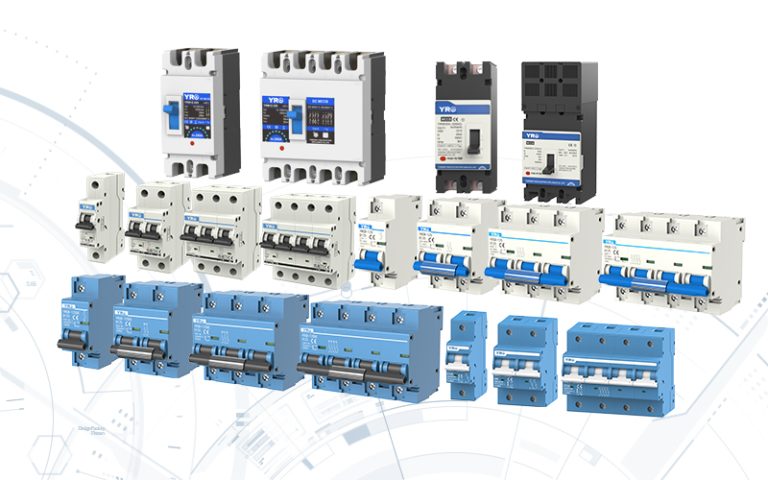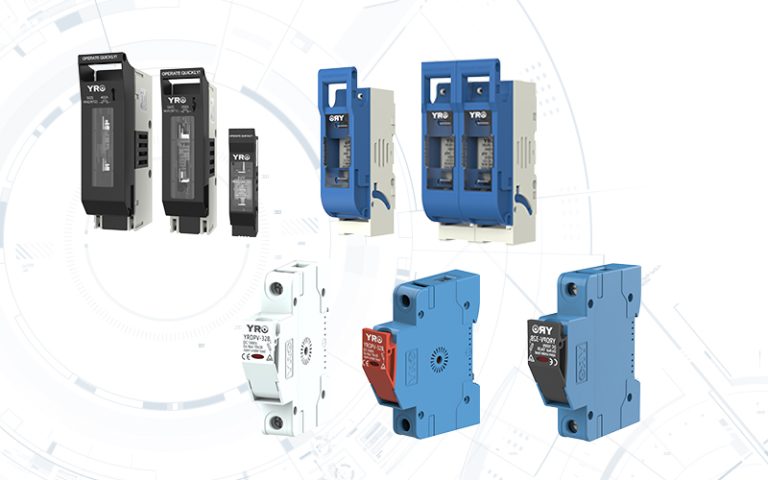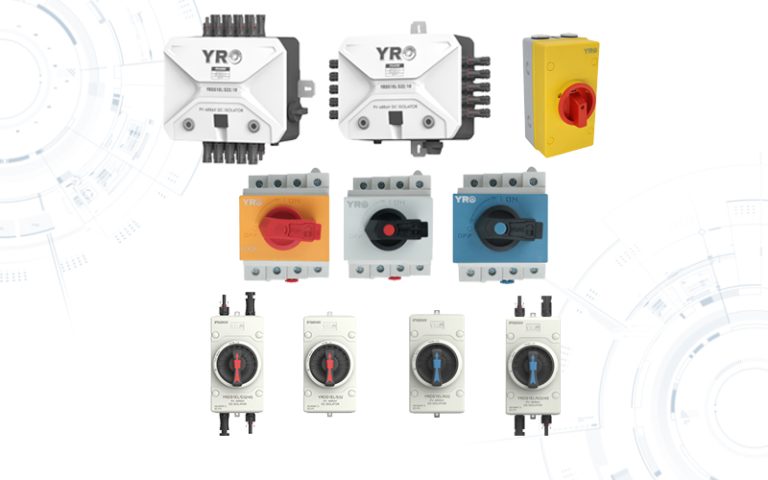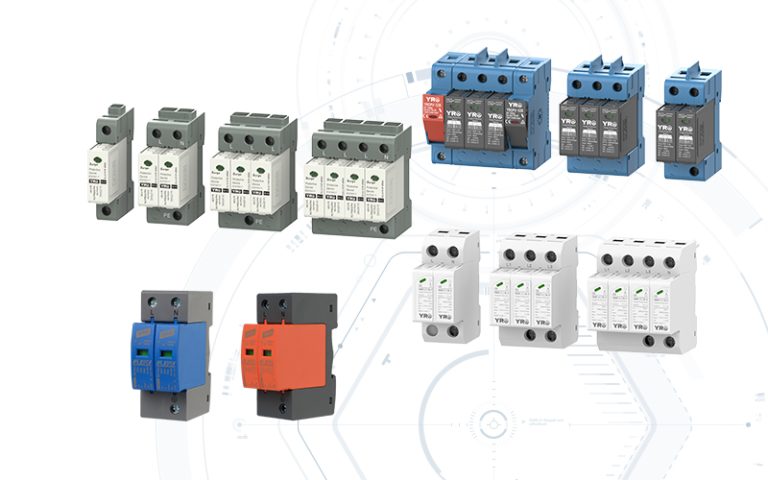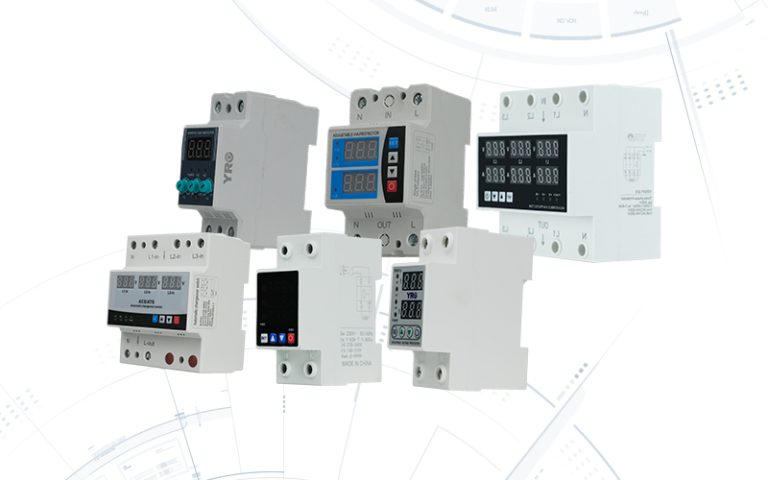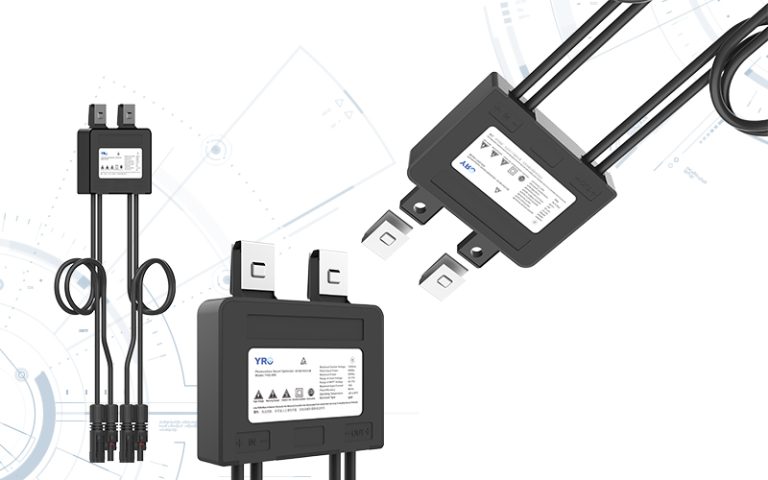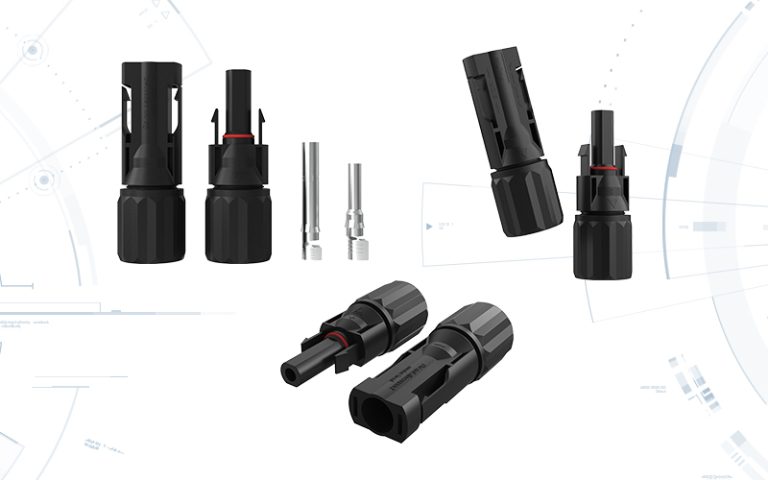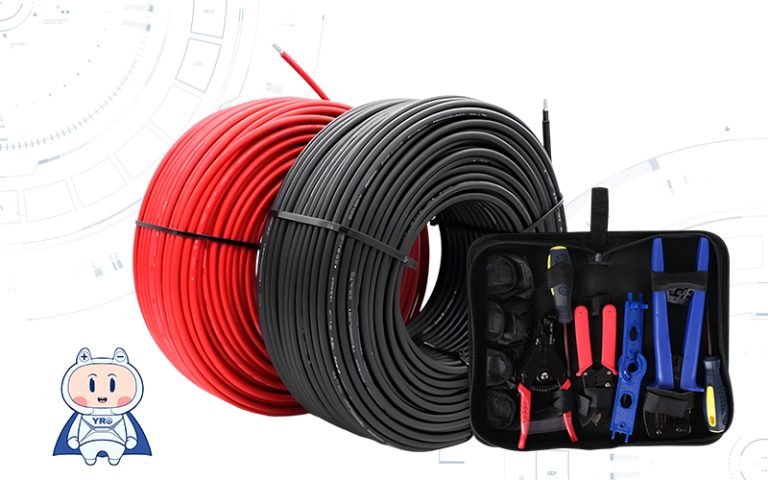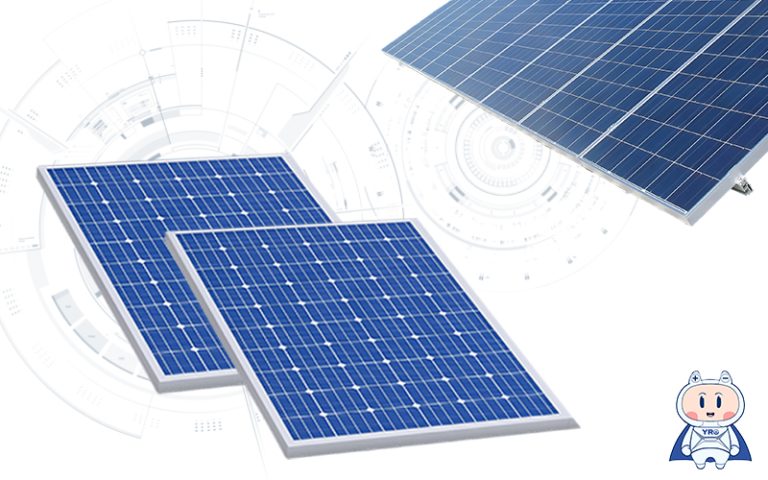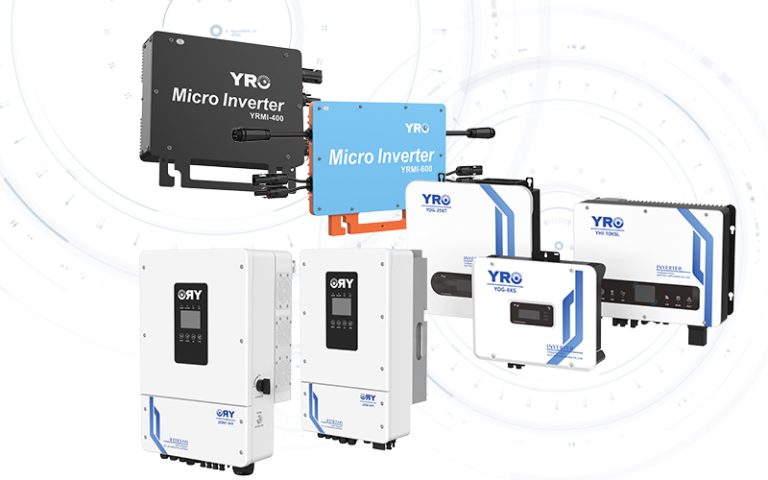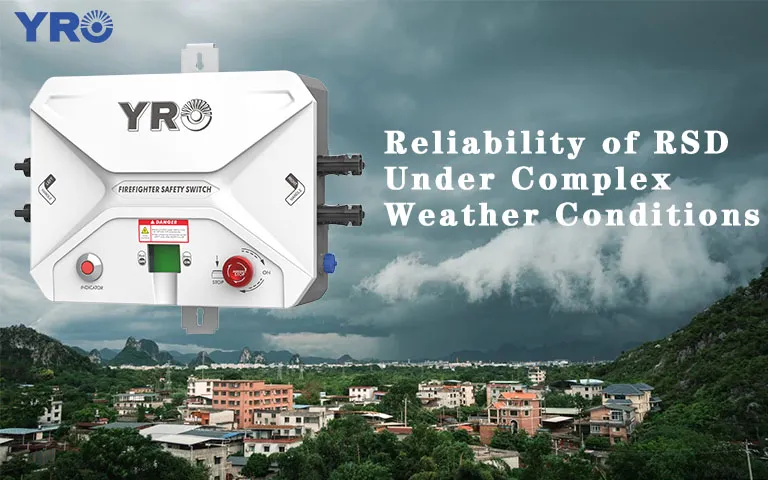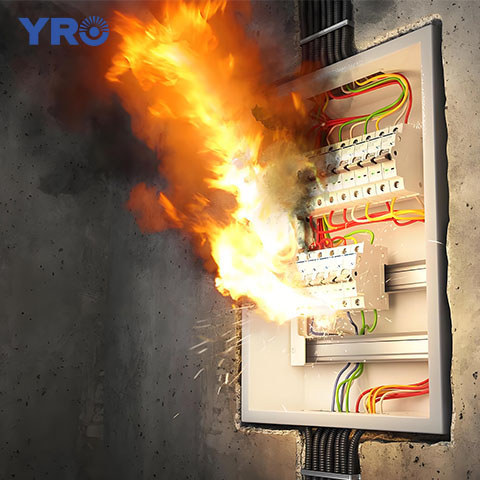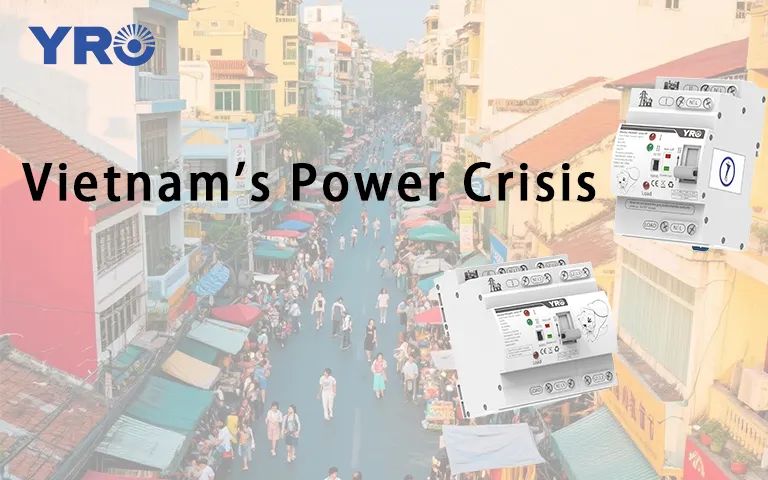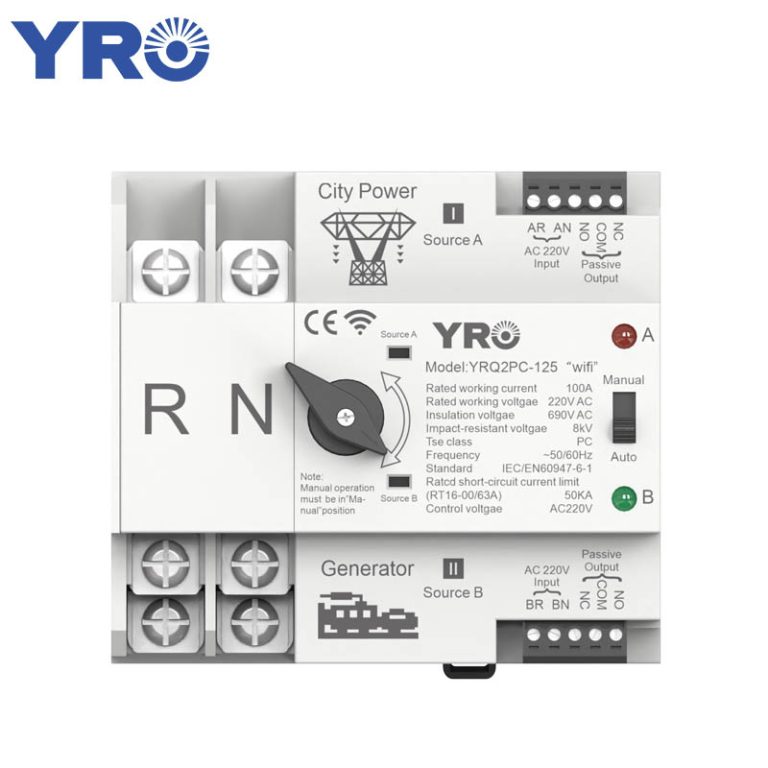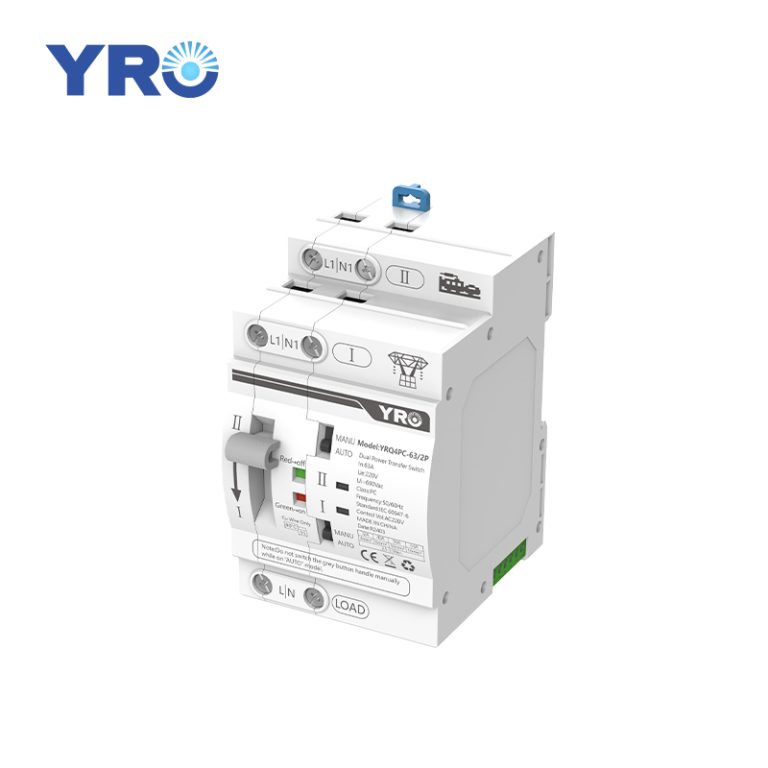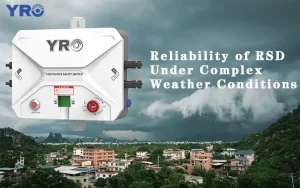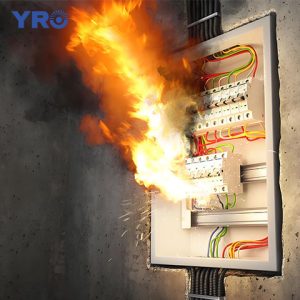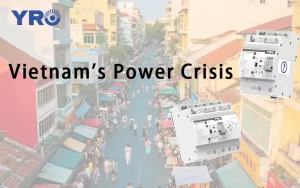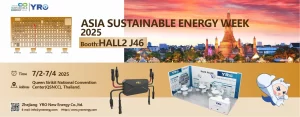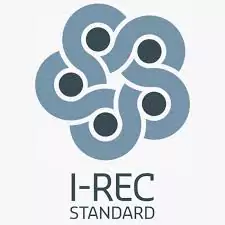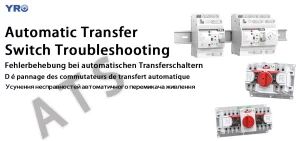When setting up a backup power supply, we often hear a common question from customers: “Do I need to set up two automatic transfer switches (ATS) for my dual power supply?” In this article, we will explore this topic in detail.
Understanding Automatic Transfer Switches
Before discussing the dual ATS issue, let’s first clarify the function of an automatic transfer switch. An ATS is a power switching device that continuously monitors your primary power source (typically the utility grid). When it detects a power outage or significant voltage fluctuations, it automatically transfers your electrical loads to the backup power source (usually a generator, photovoltaic system, or battery storage). This transfer process takes between 600 milliseconds and 5 seconds, depending on the switch type. Once the primary power is restored, it seamlessly transfers back without interruption.
When One ATS Is Enough?
For most residential and small commercial applications, a single automatic transfer switch is more than sufficient. This setup works well under the following conditions:
- You have two power sources (a primary power source and a backup power source)
- Your electrical panel integrates all critical circuits
- Your total load is within the capacity of one ATS
- You do not require a completely isolated power system
If any of the above conditions are met, installing one ATS is enough.
When Might You Need Two ATS Units?
Although one ATS is sufficient for many installations, in some cases, two ATS may be appropriate:
- Separate critical and non-critical loads
Critical equipment (medical devices, servers, security systems) must never lose power, while the circuits of other non-critical equipment can tolerate brief interruptions. At this point, configuring two ATS can achieve independent switching: critical systems immediately switch power, while less critical loads can switch again after a few seconds.
- Maximum redundancy of dual generators
Data centers, hospitals and industrial facilities are usually equipped with two backup generators. In such places with extremely high requirements for power reliability, the adoption of a dual ATS system can construct a hierarchical power protection mechanism. Once the main generator malfunctions during a long power outage, the second backup generator will be activated to ensure continuous power supply without interruption.
- Multiple power supplies that exceed the standard settings
In systems that combine solar cell arrays, battery energy storage, and backup generators, the use of multiple transfer switches helps manage the power flow between these different power sources, based on availability and priority.
How to Choose the Right ATS?
When determining an ATS configuration, consider these key factors:
- Total load capacity (current and voltage)
- Number of phases (single-phase or three-phase)
- Transfer time requirements
- Installation space
- Manual or automatic control preference
A certified electrician or low-voltage electrical components supplier can help evaluate your power requirements and recommend the optimal solution based on your specific needs.
Conclusion
Choosing the right configuration for a power system is not just a technical decision — it’s a crucial choice that affects safety, efficiency, and uptime. In most applications, a single power transfer switch is sufficient to manage two power sources. However, for complex infrastructures with multiple critical and non-critical loads or multiple generators, using two ATS units may offer greater flexibility and control.
YRO specializes in designing and manufacturing high-quality transfer switch solutions, delivering customized options to meet real-world power challenges.
Ready to streamline your energy system? Explore YRO’s full range of automatic transfer switches and take the next step toward reliable, uninterrupted power.

